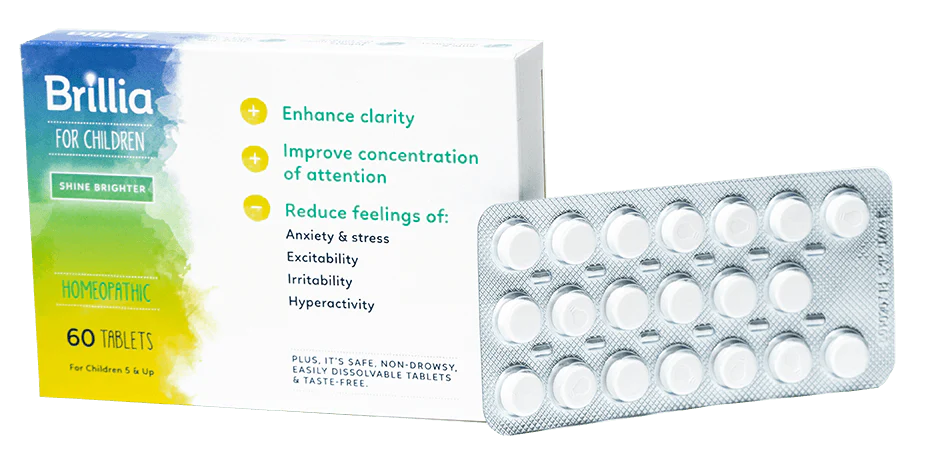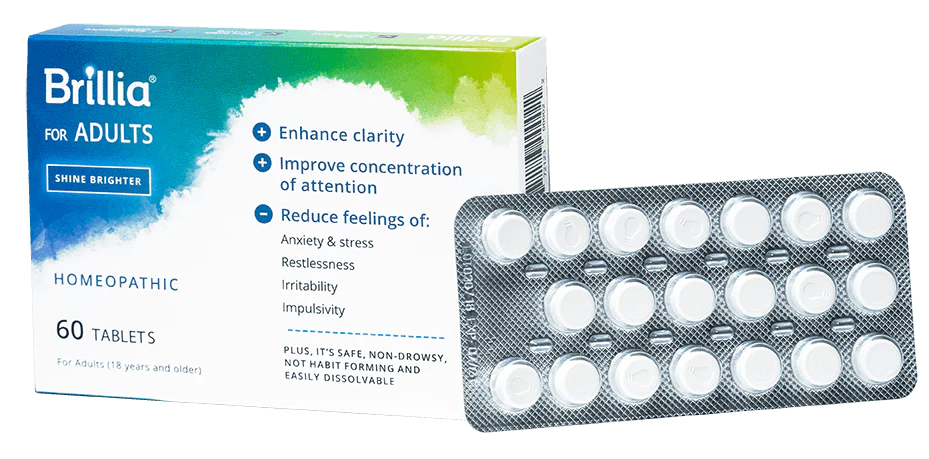The Cleveland Clinic reports that every year up to 11 percent of Americans experience a panic attack.1 Characterized by a sudden and overwhelming feeling of intense fear or anxiety, often accompanied by physical symptoms like a racing heart or trembling, a panic attack is a disproportionate response to an ordinary, non-threatening situation. Find out what causes a person to have a panic attack, the three types of panic attacks that exist, symptoms to watch out for, and lastly, how to cope.
What Causes Panic Attacks?
When we are in immediate danger, the brain signals the autonomic nervous system to activate the “flight-or-fight” response. This response floods the body with a range of chemicals, such as adrenaline, to fight off our threat or flee.
A panic attack happens when the “flight-or-fight” response goes haywire. A person may experience a panic attack whether they are faced with a dangerous threat or merely walking into their workplace.
Experts are not entirely sure what causes panic attacks, but there is some evidence that genetics and trauma may play a role. According to this 2012 study, genetic polymorphism and early-life experiences may contribute to amygdalar abnormalities, which can then lead to panic attacks, or panic disorder.2 Some other potential causes of panic attacks include:
- Hyperthyroidism, which is the overproduction of thyroid hormones3
- Mental health issues like anxiety disorders or depression
- Alcohol and drug use
- Excessive caffeine intake
- Smoking
- Physical, sexual, or emotional trauma
- Illness
- A sudden change in environment
- Extreme stress
Three Types of Panic Attacks
There are three main types of panic attacks: derealization, cardiac panic, and respiratory panic. Here is how they differ:
- Derealization: This type of panic attack makes a person feel disconnected from those around them. They may have a distorted perception of time and space and feel like the world is foggy or warped. A person experiencing derealization might feel like they are “going crazy” or very ill.
- Cardiac panic: Some people who experience panic attacks will feel as if they are having a heart attack because of the similarities of both conditions. They might feel tightness in the chest, shortness of breath, sweating, dizziness, and even weakness. More indicative of a heart attack are symptoms like vomiting, chest pain, discomfort between the shoulder blades, and pain that seems to radiate down the arm. If you are having any of these symptoms, it is important that you get medical help right away.
- Respiratory panic: Studies show that multiple respiratory abnormalities can be found in anxiety disorders, especially in panic disorder.4 The most common respiratory abnormality reported in patients with panic disorder is increased CO2 sensitivity, which causes them to hyperventilate or hold their breath.
How to Identify an Attack
For doctors to diagnose a panic attack, they will be looking for a number of mental and/or physical symptoms. These include:
- Sense of intense fear or dread
- Sweating
- Trembling
- Shortness of breath
- A choking sensation
- Pressure in the chest
- Nausea
- Headache
- Lightheadedness
- Dizziness
- Fear of losing your mind
- Fear of death
- Feeling hot or cold
- Numbness or tingling
- A racing heart
- Ringing in your ears
- Feeling of detachment
When it comes to panic attacks vs panic disorder, a doctor may diagnose panic disorder if you had four or more panic attacks and you are consumed with worry (for at least a month) that you will have another one soon.5
Shine Brighter
Common Treatments
There are various modes of treatment for panic attacks, including psychotherapy, or talk therapy with a trained therapist. One type of therapy is cognitive behavioral therapy (or CBT), in which you can gradually learn how to manage your panic attacks by shifting your perspective about them. To teach you that panic attacks are not physically dangerous, a therapist might gradually help you recreate panic symptoms in a safe, controlled environment. Over time, you will become accustomed to the physical sensations of panic, feel less threatened by these sensations, and watch the attacks begin to dissipate.
Lifestyle changes can also make a difference in easing panic attacks. Getting adequate sleep and following a healthy diet free from anxiety-inducing substances like caffeine or alcohol can help you manage your symptoms. And studies show that mindfulness practices like breathing techniques or meditation can also help reduce symptoms of anxiety and panic.6 There is also some evidence that exercising can ease anxiety before it leads to panic attack by activating the frontal region of the brain responsible for executive function, which helps to control the amygdala.7
Some individuals treat their panic attack symptoms with prescription medications like selective serotonin reuptake inhibitors (SSRIs), serotonin and norepinephrine reuptake inhibitors (SNRIs), or benzodiazepines. All of these medications have a risk of side effects, such as nausea, fatigue, weight changes, and a change in sex drive or ability. Benzodiazepines, like Xanax, are also known to be habit-forming. If considering these medications, it is important to ask your doctor about all the possible side effects to make an informed decision.
Non-Prescription Remedies to Panic Attacks
Given the potential side effects associated with prescription drugs, non-prescription options should be considered. Brillia is a non-prescription medication that consists of targeted antibodies to the S100B protein, a key regulator of many different intracellular and extracellular brain processes, including mood. When we become anxious, the S100B protein binds to a specific target enzyme in the brain to provoke undesirable symptoms like irritability, stress, and restlessness. Unlike prescription drugs that mask personality and trigger undesirable side effects, Brillia gently and impactfully normalizes the processes related to the S100B protein. By changing its shape so it cannot bind to its target, Brillia successfully stops the instigation of symptoms altogether without harsh, synthetic chemicals or harmful side effects. Brillia can even be taken alongside other medications or supplements because there are no contraindications.
Find out more about how antibody science works and how Brillia works best when combined with the healthy lifestyle factors outlined in the 5-Pillar methodology.
Get a whole bunch of support right in your inbox.







